Using Science to Describe Playing “On the Beat”
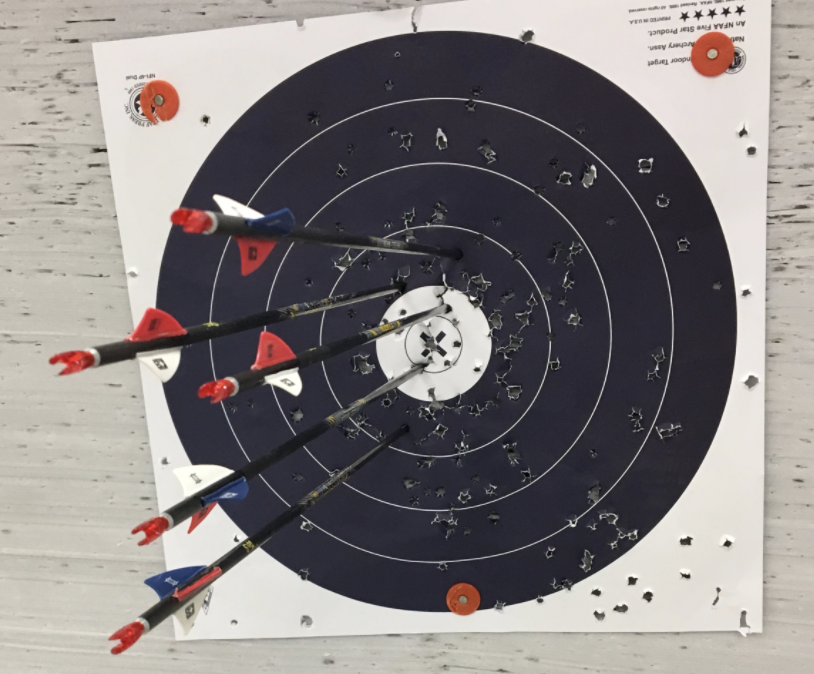
We pipers know that playing “on the beat” is critical, not only for unison in a group, but also to attain total musicality in the music we’re playing. However, as an individual how many of us have been told that we play “consistently ahead of the beat”, or that we are “sometimes on the beat, but not always”?
What kind of mental pictures do these descriptions of our piping conjure up?
Let’s start by defining “precise” and “accurate”, two words that may appear at first glance to mean the same thing. But, in fact, they describe two completely different concepts. The word precise means a “state of strict exactness”—how often something is strictly exact. Multiple measurements are needed to establish precision. Figure 1 helps to illustrate this concept.
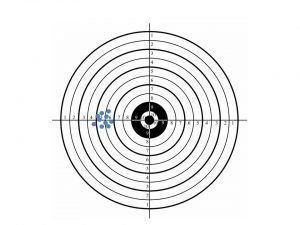
Think of the target’s bull’s eye as representing the downbeat of a tune, regardless of the idiom or tempo. Anything to the left of the bull’s eye is ahead of the beat, and anything to the right of the bull’s eye is behind the beat. With respect to rhythm, this example shows a piper playing with great precision, but the playing is consistently ahead of the beat. Unfortunately, the playing is also inaccurate because not even a single note or gracenote was played on the beat.
On the other hand, the word accurate means the degree of conformity and correctness of something when compared to a true or absolute value. See Figure 2.
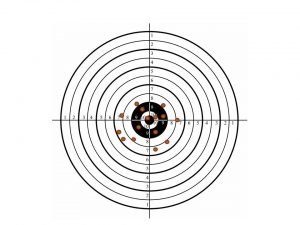
Something can be accurate on occasion as a fluke, but for something to be consistently and reliably accurate, it must also be precise. In this case, the piper is often perfectly on the beat, but not always. A few times he’s slightly ahead of the beat, and other times he’s behind the beat.
We should all strive for accuracy and precision in our playing, illustrated in Figure 3.

This means that every single note or gracenote is played precisely and accurately on the beat.
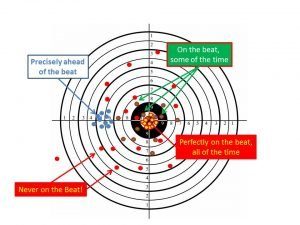
Finally, Figure 4 represents the above concepts as they relate to the presence or lack of both precision and accuracy in terms of rhythm. Only through both precision and accuracy can a solo piper expect to bring out the best musicality of a tune, or a pipe band come anywhere close to playing in unison. In the latter, every piper in the band must play on the beat (accurate), every time (precise).




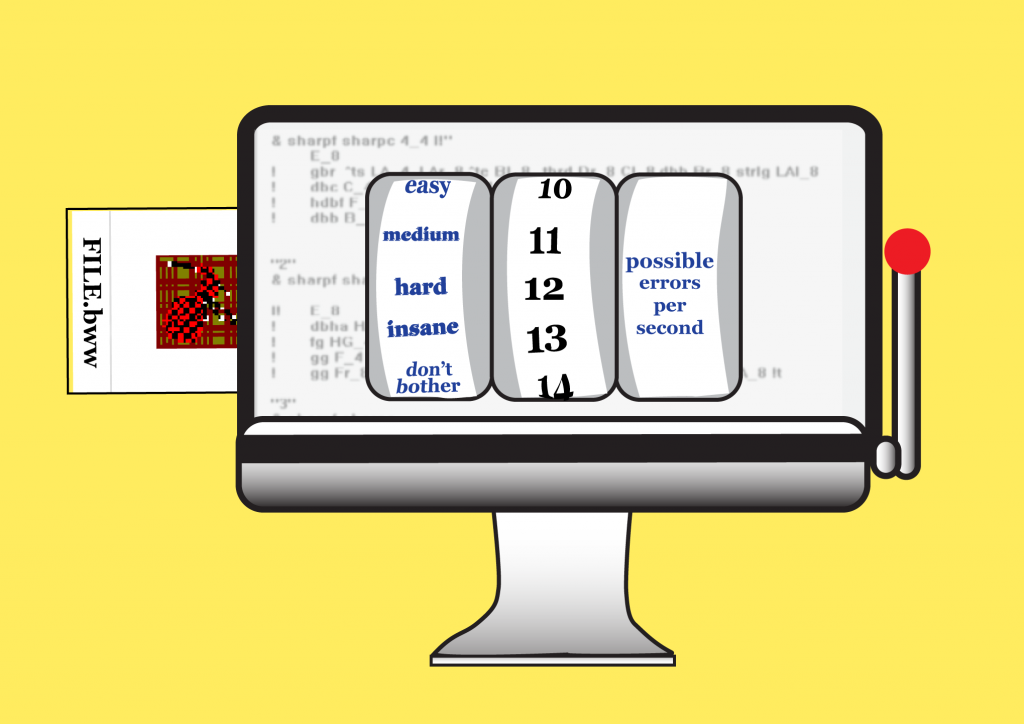
Responses